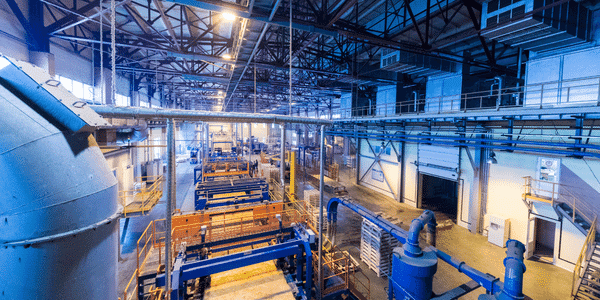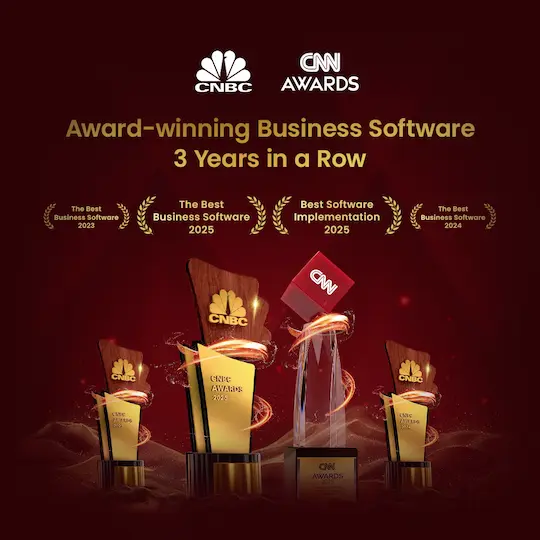The manufacturing process has several stages before the inventory is ready to market. The set when the stock is not willing to be sold or needs to be processed first is usually called work-in-progress (WIP). In short, WIP is a semi-finished raw material that must undergo another production process. In the process, the work-in-progress must be monitored regularly and usually takes a long time. A manufacturing worker must ensure that all production processes run well so that the products are perfect and worthy of being marketed.
Often in monitoring, human errors occur, which can be fatal, such as product failure. Of course, the company does not want to be harmed by it. One of the efforts you can make to avoid this is to adopt Manufacturing Software that can simplify all production processes with advanced technology. In this article, we will take you to find out more about Work in Progress, and you can also download the Manufacturing Software calculation scheme to get an overview of prices that can be adjusted to the budget provided by your company.
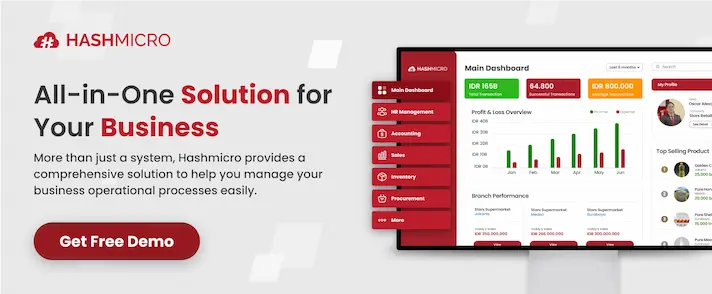
What is Work in Progress?
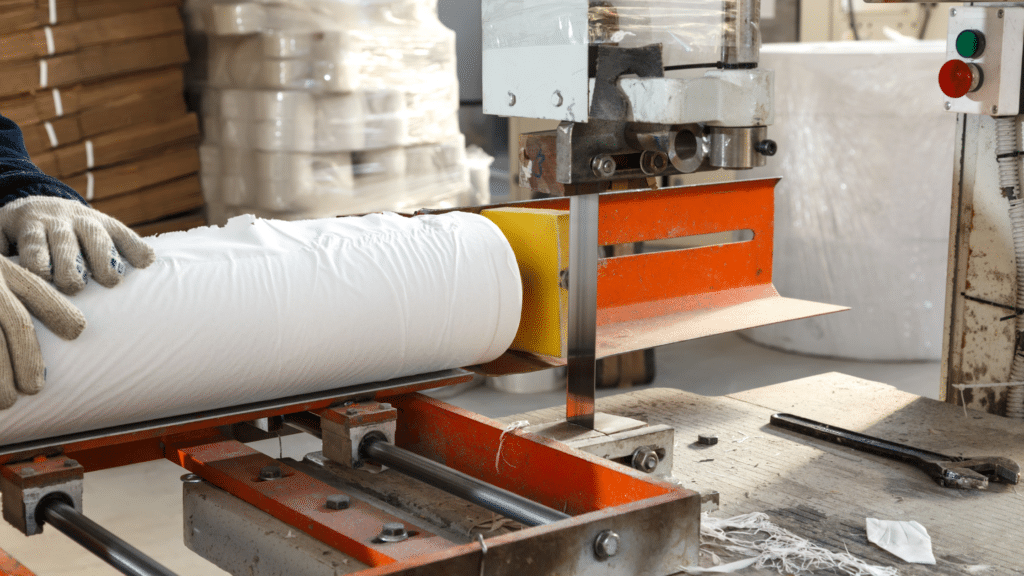
Companies measure work in progress differently and by using a variety of different accounting methods. For example, some companies base their overhead on machine hours, while others base it on hours worked. Therefore, investors should find out how the organization measures its inventory accounts. Manufacturing Systems are usually used by companies that produce large goods because the software can list the accumulated raw material costs in the work account ledger.
What Makes Work-in-Progress and Work-in-Process Different?

On the other hand, “Work in Progress” can also mean an unfinished product that will not be done for a long time and will change to “Finished Goods” until then. The use of this term is usually in building projects and consulting jobs. Despite their minor differences, both types of inventory include overhead, raw materials, and labor costs when reported on the balance sheet.
Curious to learn more? Check out our other articles on Design for Manufacturability, and see how the concept is applied across industries.
What Makes Work-in-Progress and Finished Good Different?
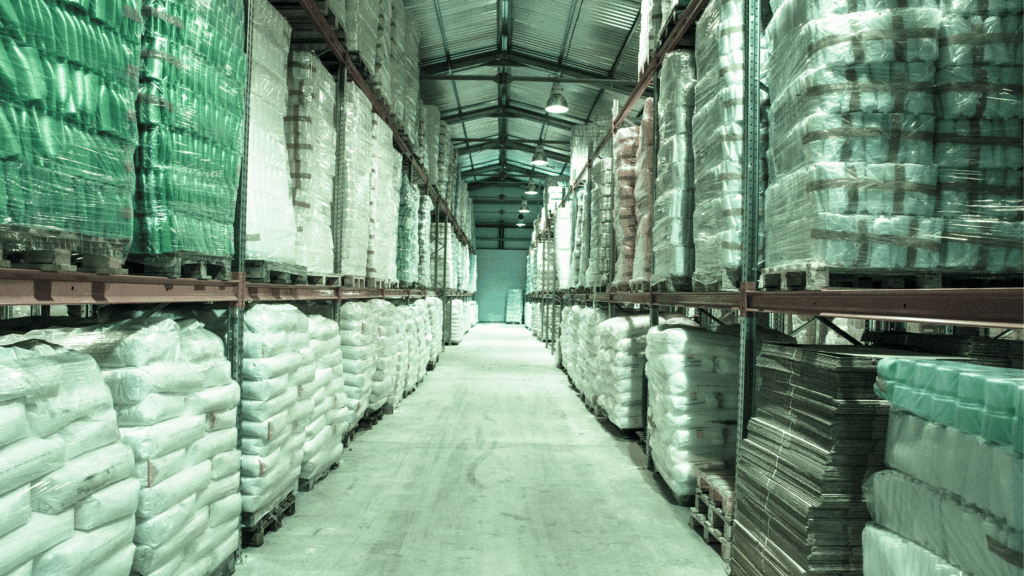
Work-in-progress and finished goods are relative words used in inventory accounting for a particular company. They are not definitions of materials or goods. It is wrong to assume that finished goods for one company are also finished goods for another. For example, sheet plywood is a finished good for a lumber mill because it is ready to sell, but it is the raw material for an industrial cabinet maker. The difference between Work-in-progress and finished goods is based on the inventory stage relative to total inventory. Work-in-progress and finished goods are stages in an inventory’s life cycle.
Work-in-Progress in Accounting
In accounting, a work-in-progress account shows up as a current asset on the balance sheet. Work-in-progress entries can’t be worth as much as finished works because they still need to be finished. When the products are complete, they can be recorded as inventory, and when they are sold, they can be categorized as cost of goods sold (COGS). WIP is often calculated after the accounting cycle and is also known as “in-process inventory.”
WIP costs are often reduced to a minimum because it would be too hard and take too much time to figure out the exact percentage of completion and the expenses that go with it. Accounting for work in progress can also be done differently from one company to another. For example, labor hours could be based on human or machine hours.
In other cases, companies aim to finish all WIP before closing the books, leaving just inventory to account for. Just-In-Time (JIT) inventory management demands a strong relationship with local suppliers. Companies obtain resources on demand, manufacture the product, and ship it, requiring no long-term inventory. This case can reduce WIP expenses, but it’s problematic if JIT firms run out of buffer stock.
Also read: Best Manufacturing Software for Singapore Enterprise
Work-in-Progress and Inventory Management
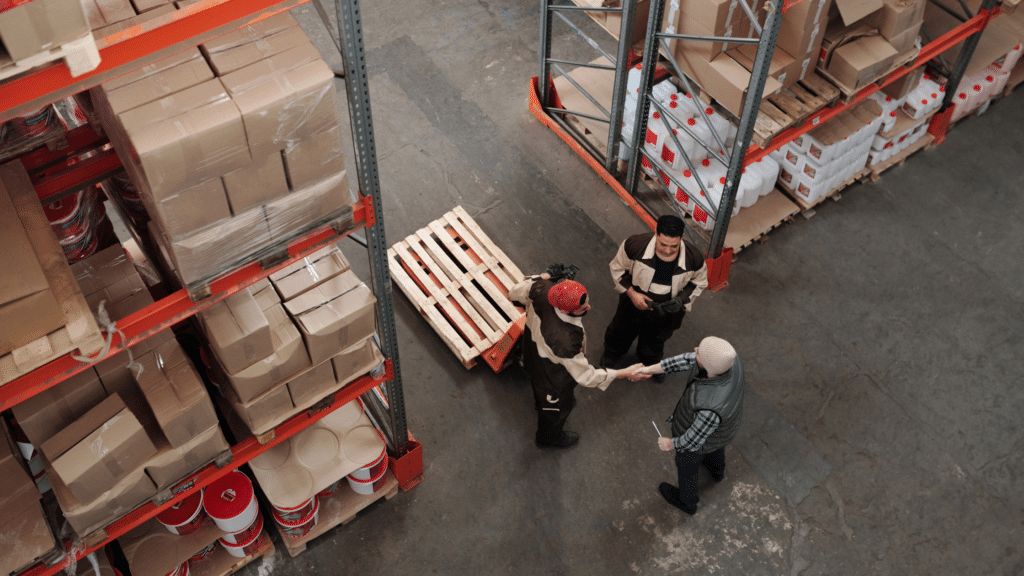
Work-in-process inventory is any inventory maintained between raw materials and finished goods. Work-in-progress inventory consists of raw materials and direct labor that still need to be ready for sale. If a company sells coffee bags, its WIP inventory would include custom shipping boxes, bags, labels, and so on.
Consider reading other articles on MEIO to better understand its strategic role and the significant impact it has on optimizing supply chain processes.
How to Calculate Work-in-Progress

Conclusion
To sum up, a work-in-progress is the cost of unfinished goods in the manufacturing process. This number includes the cost of labor, raw materials, and overhead costs. On the balance sheet, work-in-progress is classified as a current asset if the intention is to convert it into finished goods and sell them immediately. Similarly, minimizing the Work in Progress Inventory is a good practice because the completion percentage is a different task to determine at the end of a subsequent financial year.
To manifest it, you need Hash Manufacturing Automation to automate all manufacturing production processes to make your work easier. Discuss your business needs with us as Singapore’s best ERP software solution provider. Schedule a free demo to explore the Manufacturing Software’s features further, and download the pricing scheme now!



